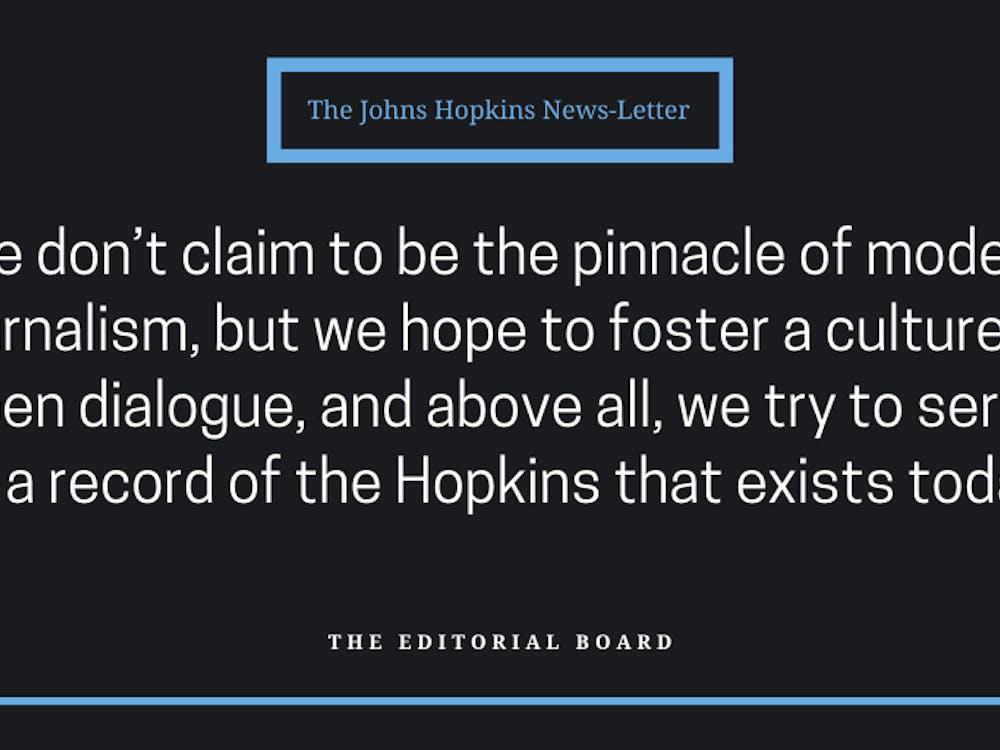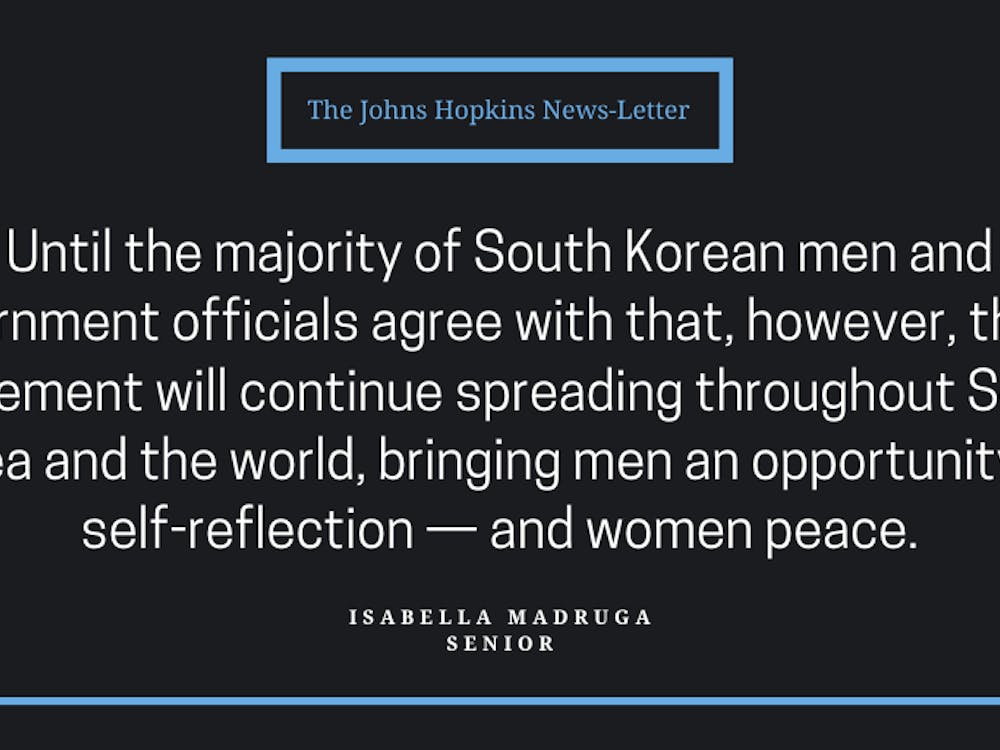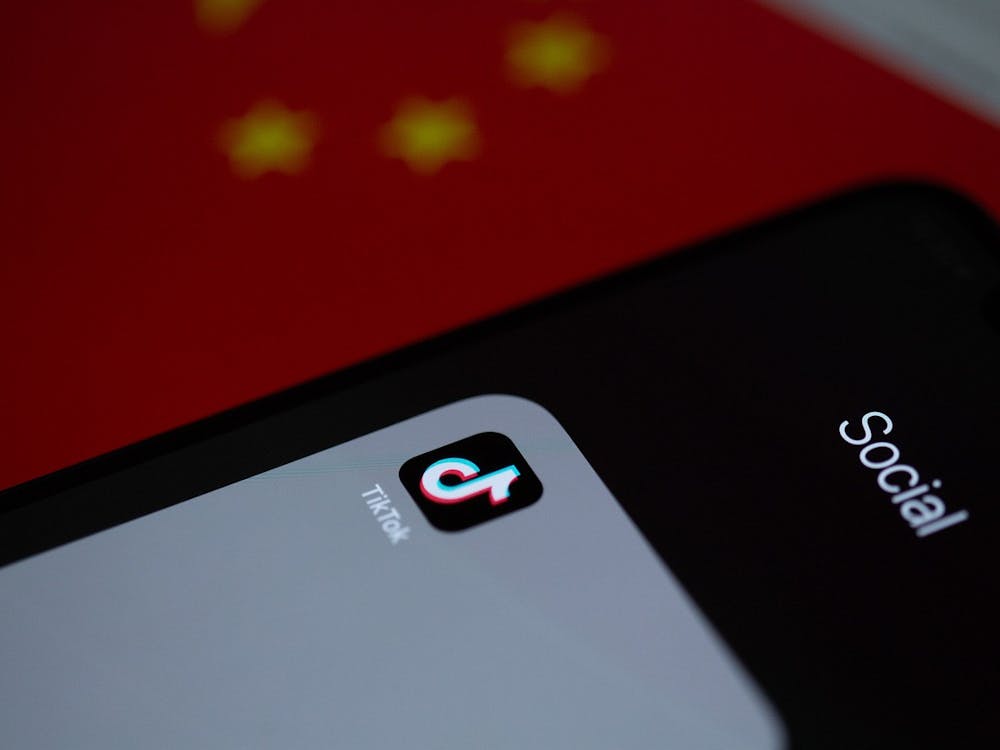Why do people argue that the ungrammatical nature of texting is worse than other forms of communication? Texting (and Twitter and other forms of online social media) are different media that require a different vocabulary and formality. I don’t talk the same way I write essays — I don’t use “whom,” and I end sentences with prepositions. Yet my verbal speech is no worse than my written speech; it’s just different. Similarly, I don’t text like I write formally or speak because it is a different medium with different nuances. This also does not make it worse.
How could one possibly explain verbally what the little green frog emoji next to the teacup emoji conveys? (For the uninitiated, it sarcastically means “but that’s none of my business” — but how lame does that explanation sound?) Tweeting the same picture with the red 100 emoji, girl shrugging emoji or the praying hands emoji attach completely different meanings to the picture. A rough translation of each is respectively admiration or affirmation, the emotion conveyed when one shrugs with attitude, and gratitude or hope. Choosing the right emoji when sending a text is critical. If my friend texts me “can you grab lunch?” the emoji that I attach at the end of my response contains my nuanced feelings toward our meal: content, thrilled, pleased, begrudgingly acceptant.
Aside from emojis — luckily for non-iPhone owners — other texting language holds a plethora of expressive power. As linguist John McWhorter shows in his excellent TED talk “Txting is killing language. JK!!!,” lol is often more a demonstration of empathy or engagement than laughter. We never really laugh when we type lol, and instead it is more analogous with a head nod. Haha means something different from HAHA which means something different from hahahaha which means something different from HAHAHAHAHAHA. In different media these phrases sound ridiculous, but in the context of a text or tweet these phrases carry distinct meanings that matter.
Even more exciting than texting language on its own is its often amusing combination with other more formal language. In perusing my texts I found that I used the phrases “oh yah,” “lol” and “antebellum South” in the span of three texts during a conversation with a single person. If I had just used formal language to express my thoughts, my text would have sounded bizarre and would have taken me much more time to type. However, if I had just used informal texting language, I would not be able to express my feelings about the antebellum American South. I did not make these distinctions consciously while I was typing, but clearly I instinctually knew what type of language to use when expressing certain thoughts. Again, the different forms of communication are not better or worse than one another but have different utilities in the context of a conversation.
I implore my generation not to dismiss their proclivities to informal language while texting as a sign of the degradation of the English language. The development of this lingo is not to the detriment of language; it is to the vast benefit.
TL;DR: People who criticize texting or Internet language are ignoring the exciting nature of new forms of communication, but that’s none of my business *insert frog and teacup emoji.*















Please note All comments are eligible for publication in The News-Letter.